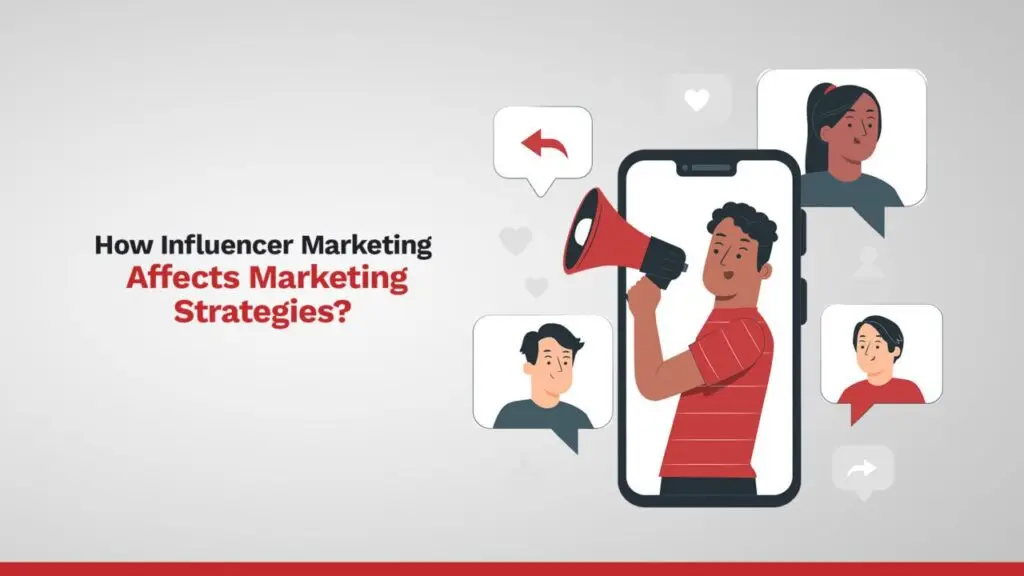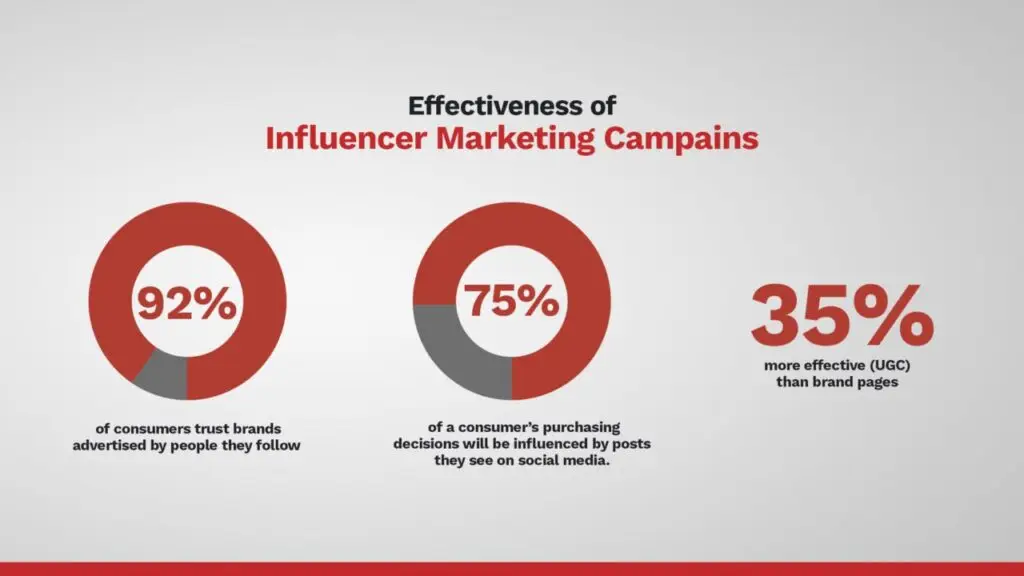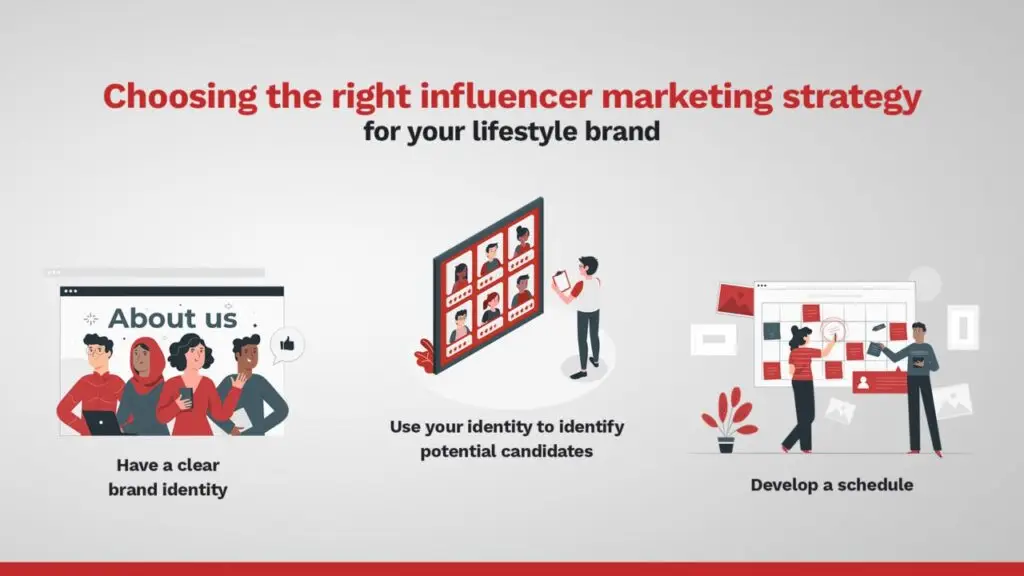Gone are the days of basing entire marketing strategies on billboards and flashy television adverts. While these are still instrumental tools for effective marketing strategies, brands, especially those focusing on lifestyle products and their values, are dictated by brand image and value within trending social media platforms. And one of the most effective tools for marketing on these platforms is influencer marketing.
The great thing about platforms like Facebook or Tiktok is that they can be viewed as an equalizing agent. Social media marketing strategies are relatively cheap when compared to traditional marketing, giving brands both large and small the power to grow with the right campaign effectively. This form of marketing has changed and revolutionized the way individual brands or teams interact with the audience.
At its very best, social media marketing can change business strategies via profit maximization. And one of the best ways to achieve profitability goals is by creating a ‘trend’ or manufacturing a positive perception. Influencer marketing is a tool that can be used to gain traction both online and offline.
Social Media Marketing- Redefining Lifestyle Brands
With the right marketing strategy, a social media marketing campaign can be budget-friendly, trendy, and have a high conversion rate at the same time. And this specific trend of marketing falls directly into any Lifestyle Brands’ strengths.
Lifestyle brands are based on visualizing the best version of each individual customer. This means they better understand their consumer base’s way of life and standard of living. Such information also allows them to contemplate their target audience’s psychographics better.
How does Influencer Marketing Affect Marketing Strategies?

“Influencer Marketing,” or online personality-based marketing, is now a common strategy for platform-based brand-building campaigns or even for just one-off marketing campaigns. While the buzzword is thrown around quite a bit, the term still has a few murky guidelines. As a matter of fact, most new brands find themselves in quite the pickle when differentiating between celebrity marketing and influencer marketing.
While influencers may as well be celebrities, not all influencers consider themselves to be famous once the internet is off. This is because of the diverse nature of content that is being generated every day. With bite-sized content taking control of the entertainment market and apps like Tiktok garnering over 1 Billion monthly users, the variety of content is now more diverse than ever.
In the past, people would recognize and seek out content based on celebrity personas. On the other hand, the 2022 landscape allows people to become influencers without ever revealing their faces. This means modern-day branding campaigns need to be more content-driven than ever.
Influencer culture revolves around creating a somewhat loyal and enthusiastic follower base. This means the audience cares more about the individual influencer’s opinions rather than the brand’s business practices. With a market of over 13.8 billion USD, it is thus best not to joist business values onto contracted influencers. (Source: Influencer Marketing Hub)
Effectiveness of Influencer Marketing Campaigns

In the long term, this means branding strategies that increase the influencer’s follower base are also better for the brand. Businesses are making about 5.78 dollars for every dollar spent on acquiring an influencer. This Return on Investment is triggered by the target audience’s tendency to make purchasing decisions based on social media posts.
92% of consumers trust brands advertised by people they follow on social media over brands marketed via their own pages. (Source: Nielsen) On an economic scale, this means over 75% of a consumer’s purchasing decisions will be influenced by posts they see on social media. Click-through rates rise by 4 times due to content posted from accounts users follow
User-generated content is over 35% more effective than brand pages, resulting in 2 times more ROI than traditional marketing. (Source: Pixlee) Individuals with high follower counts must be recruited to maximize the chances of a consumer coming in contact with brand-based UGC (User-generated content). And that is where influencers come in.
Micro-influencers are on the rise as an added financial incentive, making even more targeted branding strategies a viable strategy. This is why over 67% of all brands have shifted to content-driven influencer marketing strategies. (Source: Influencer Marketing Hub)
Choosing the Right Influencer Marketing Strategy for Your Lifestyle Brand

Since Lifestyle brands are heavily dependent on creating a brand image or a personality around the brand, it is essential to choose the right influencer. This is because choosing the wrong person to represent your brand may damage your brand’s persona, affecting sales in the long run. Here is how to approach influencer selection:
Have a clear brand identity
Identity is where influencers and lifestyle brands fall hand in hand. It is relatively easy for brands to identify a standout characteristic for their brand and build their marketing strategy out of it. This means your brand should have an image that can be sold to consumers.
Use your identity to identify potential candidates
Whichever influencer you recruit should have an image of themselves that is aligned with your brand’s image. Fashion vloggers, reviewers, and models are the usual go-to for lifestyle products. However, the potential is much higher.
If your brand is selling athletic products, hiring athletes or gym-based influencers to be your brand ambassador will work out better than a fashion vlogger. For tech products like Apple, tech influencers might work out better. Ultimately, it’s about only shortlisting people who can uphold your brand’s values.
Develop a schedule
Customers today are much more marketing sensitive than they were years ago. And since most influencers get paid by the post, spamming content about your brand might be harmful to both you and your ambassador’s following. To combat this, sit down with the influencer and develop a post frequency and the modulation of the post.
If you are working with multiple influencers, integrate each posting schedule into your PR schedule. This will help you maximize effective product screen time during new releases or marketing campaigns.
Conclusion
For any influencer-based promotion to be successful, the influencer needs to be confident in the product they are advertising. This means their content needs to be authentic and interactive. Ultimately, the goal is to break the wall between the marketer and the consumer to make your brand seem more trustworthy.
Influencers have more power than ever, and people at a subconscious level aspire to the lifestyle of this social media personnel. The image of the brand portrayed through influencers has thus become the most important part of lifestyle branding in the online era. A combination of traditional advertising centered around influencer and ambassador marketing thus works wonders for up-and-coming companies.
